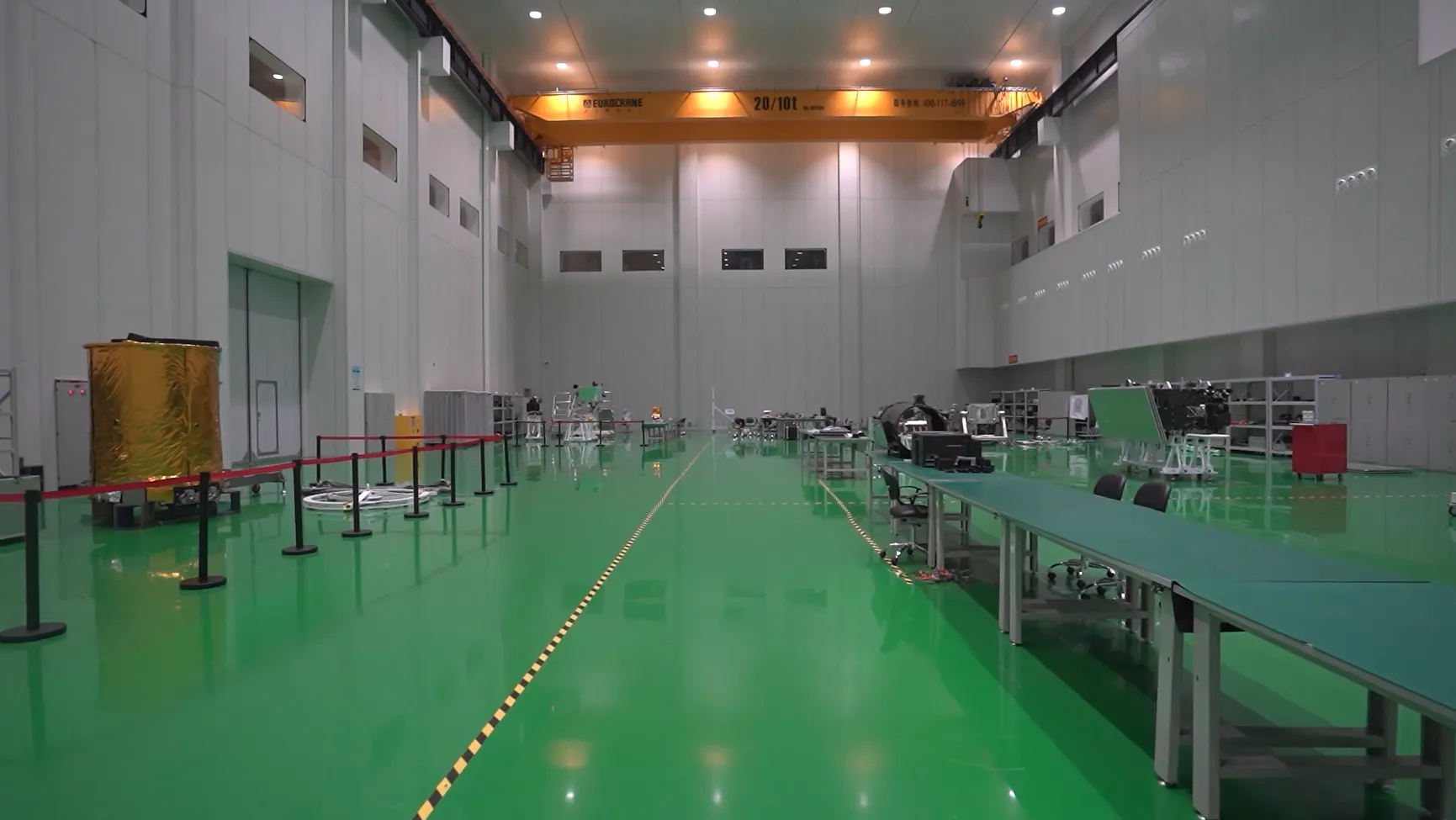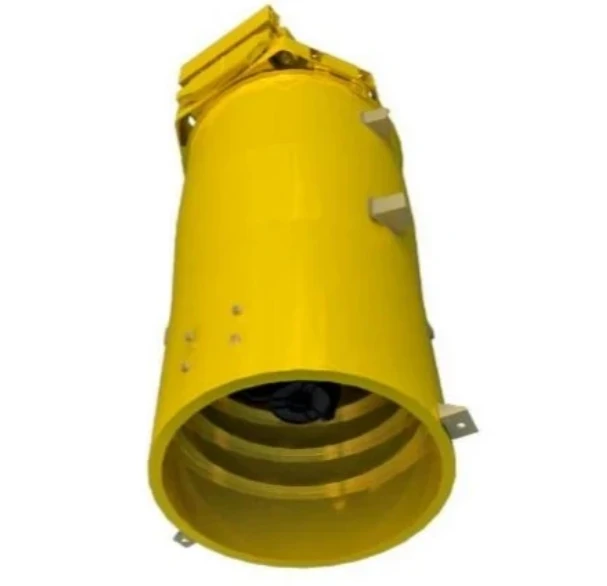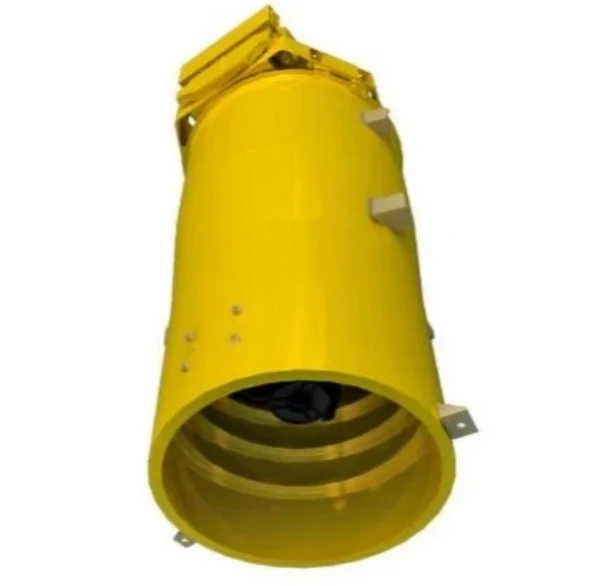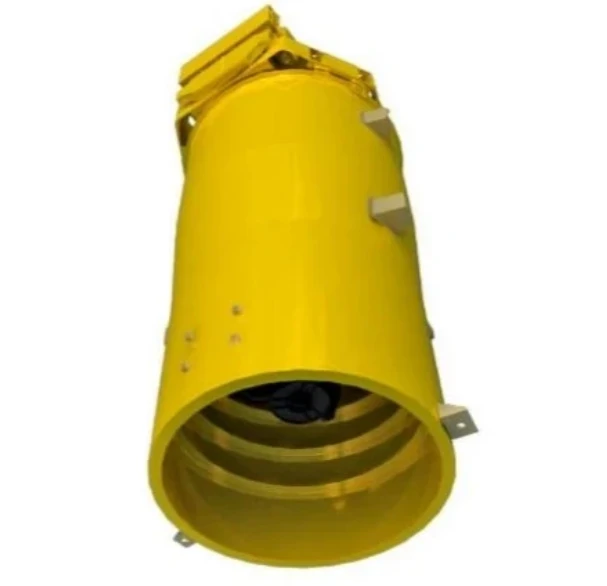
- африқоӣ
- албанӣ
- амхарӣ
- арабӣ
- арманӣ
- озарбойҷонӣ
- баскӣ
- белорус
- бангалӣ
- боснӣ
- булгорӣ
- каталонӣ
- Себуано
- Хитой
- Корсикӣ
- хорватӣ
- чех
- Дания
- Голландия
- англисӣ
- эсперанто
- эстонӣ
- финландӣ
- фаронсавӣ
- фризӣ
- галисия
- гурҷӣ
- олмонӣ
- юнонӣ
- Гуҷаратӣ
- Креоли Гаити
- Хауса
- ҳавайӣ
- ибрӣ
- Не
- Миао
- Венгрия
- исландӣ
- игбо
- Индонезия
- ирландӣ
- Италия
- Ҷопон
- ёвонӣ
- каннада
- қазоқӣ
- кхмер
- Руанда
- Корея
- курд
- киргиз
- Мехнат
- лотинӣ
- латыш
- литваӣ
- Люксембург
- македонӣ
- малагасий
- малайӣ
- малаялам
- малтаӣ
- маори
- маратҳӣ
- муғулӣ
- Мянмар
- непалӣ
- норвегӣ
- норвегӣ
- Окситан
- пашту
- форсӣ
- полякӣ
- португалӣ
- Панҷобӣ
- руминӣ
- русӣ
- самоа
- Гаэли Шотландия
- сербӣ
- англисӣ
- Шона
- Синдӣ
- Сингал
- словакӣ
- словенӣ
- Сомали
- испанӣ
- сунданӣ
- суахили
- шведӣ
- Тагалогӣ
- тоҷикӣ
- тамилӣ
- тоторӣ
- телугу
- тай
- туркӣ
- туркман
- украинӣ
- урду
- уйгур
- узбек
- Ветнами
- валсӣ
- Кӯмак
- идишӣ
- Ёруба
- Зулу
Satellite Internet & Remote Sensing: Innovations Changing the World
As technology continues to evolve, satellite services are becoming more versatile and accessible. Types of remote sensing satellites have revolutionized industries such as agriculture, defense, and environmental monitoring. At the same time, Starlink internet plans are making high-speed internet available to users in even the most remote corners of the Earth. Satellite dish installation is no longer a complicated process, and satellite internet unlimited data plans are expanding global connectivity. As satellite communication systems become more efficient, low Earth orbit satellite internet is leading the charge in providing fast and reliable services worldwide. This article explores how satellite technologies, including optical satellite communication and enhanced mobile satellite services, are improving both communication and global awareness.

Types of Remote Sensing Satellites: Paving the Way for Precision Monitoring
Types of remote sensing satellites have been integral to numerous industries by providing detailed, high-resolution images and data that can be used for a variety of applications. Remote sensing satellites are divided into two primary categories: active and passive satellites. Active remote sensing satellites use their own signal, such as radar or LiDAR, to capture data about the Earth, while passive satellites rely on sunlight or reflected light to gather information.
The most common types of remote sensing satellites include Earth observation satellites, which monitor the Earth's surface for environmental changes, climate patterns, and even urban growth. Weather satellites are another type, providing real-time data for meteorologists to predict weather patterns and natural disasters. Additionally, reconnaissance satellites, often used by governments and military agencies, offer real-time surveillance and intelligence for national security.
With the increasing availability of remote sensing satellites, industries like agriculture, forestry, and mining have found new ways to optimize resources, track land use, and improve sustainability. These satellites have even allowed for more effective disaster management by providing detailed imagery to assist in evacuation planning and post-disaster recovery efforts. The continuing advancements in types of remote sensing satellites are crucial for monitoring and managing Earth's natural resources and for supporting global decision-making.
Starlink Internet Plans: Connecting the World with High-Speed Internet
Starlink internet plans are transforming the way people access the internet, especially in rural and remote areas where traditional broadband infrastructure is often lacking. Developed by SpaceX, Starlink leverages a constellation of low Earth orbit (LEO) satellites to provide high-speed internet to users anywhere in the world. The unique aspect of Starlink is its ability to offer satellite internet unlimited data with speeds comparable to traditional broadband networks, but without the limitations of ground-based connections.
The Starlink internet plans come in different packages to cater to various needs, from basic home internet access to more robust plans for business use. By using small satellite dishes, Starlink customers can enjoy seamless, fast internet connections that enable activities such as video conferencing, streaming, gaming, and working remotely. These Starlink internet plans have brought connectivity to places previously underserved by traditional internet providers.
For those living in remote areas, Starlink internet plans offer an unprecedented opportunity for reliable communication, education, and entertainment. As the Starlink satellite constellation continues to grow, users can expect even greater reliability and speed, pushing the boundaries of what satellite internet can achieve.
Satellite Dish Installation: Simplifying the Setup Process
When it comes to getting connected via satellite internet, satellite dish installation plays a crucial role in ensuring a smooth and reliable service. In the past, installing a satellite dish could be a complicated and expensive process, requiring specialized technicians. However, with the advent of services like Starlink, satellite dish installation has become more user-friendly and accessible to the general public.
For services like Starlink, satellite dish installation typically involves setting up a small, user-friendly dish on your property and aligning it with the satellites in orbit. The setup process is designed to be simple, with many users able to handle the installation themselves using the provided tools and guides. Additionally, satellite dish installation for traditional satellite services remains relatively straightforward for professionals to manage, ensuring that homes and businesses can get connected quickly and reliably.
Proper satellite dish installation is vital to receiving a strong, uninterrupted signal. Factors such as the location of the dish, alignment with the satellite, and avoiding obstructions like trees or tall buildings all contribute to the quality of the connection. Thanks to the innovation in satellite dish installation, internet services are becoming more accessible, with installation time being reduced and the cost becoming more affordable for many users.
Satellite Internet Unlimited Data: The Future of Global Connectivity
Satellite internet unlimited data plans are the game-changer for those who rely on the internet for work, education, or entertainment but live in areas where traditional broadband is not available. With unlimited data plans, users no longer have to worry about running out of data or facing throttling speeds, making satellite internet a viable option for more people. This is especially crucial in rural or underserved regions, where satellite internet unlimited data plans can bridge the digital divide.
The innovation behind satellite internet unlimited data is the use of LEO satellites, which provide faster, lower-latency connections compared to traditional geostationary satellites. As companies like SpaceX’s Starlink continue to grow their satellite constellations, satellite internet unlimited data plans are becoming more reliable, with better speeds and fewer interruptions. For remote work, online gaming, video conferencing, and even streaming high-definition content, these unlimited data plans provide users with a service comparable to terrestrial broadband.
Moreover, satellite internet unlimited data ensures that users in developing countries or rural areas have access to the internet without facing additional data charges or usage restrictions. This opens up opportunities for education, business, and communication in places that previously had limited access to the digital world.
Satellite Communication Systems: Enabling Global Connectivity
Satellite communication systems have been the backbone of global connectivity for decades, enabling communication over vast distances without relying on terrestrial infrastructure. These systems are essential for a variety of applications, from television and radio broadcasting to military communication and emergency response.
A satellite communication system relies on a network of satellites, ground stations, and communication equipment to provide seamless connectivity across the globe. The rise of LEO satellite networks, such as Starlink, has revolutionized the efficiency of satellite communication systems, offering faster speeds, lower latency, and greater reliability compared to older geostationary satellite systems.
As satellite communication systems continue to improve, they enable not just better communication services for consumers, but also critical applications for industries such as healthcare, logistics, and disaster management. For example, in remote or disaster-stricken regions, satellite communication systems can provide essential data and connectivity to first responders, enabling better coordination and response.
Satellite Services FAQs
What are the different types of remote sensing satellites?
The primary types of remote sensing satellites are active and passive. Active satellites use their own signal to gather data, while passive satellites rely on natural light or reflections. These satellites are used for applications like weather forecasting, environmental monitoring, and national security.
How fast is Starlink internet?
Starlink internet plans offer speeds between 50 Mbps and 150 Mbps, with latency as low as 20-40 milliseconds. This is comparable to traditional broadband internet, making it suitable for most activities, including video calls, streaming, and gaming.
How do I install my satellite dish?
Satellite dish installation is straightforward for many services, especially Starlink, where users can set up the dish themselves. It involves placing the dish in a location with a clear view of the sky and aligning it with the satellite network. Installation guides and support are available for assistance.
What is included in satellite internet unlimited data plans?
Satellite internet unlimited data plans provide continuous internet access without data caps or throttling. These plans are ideal for users who need reliable internet for heavy usage, such as video streaming, remote work, and online gaming.
How do satellite communication systems work?
Satellite communication systems work by sending signals from Earth to a satellite, which then relays the signals back to a ground station or other satellites. These systems enable global communication, including internet, television, and telephone services, without relying on terrestrial infrastructure.
In conclusion, satellite technologies are bridging gaps in connectivity, providing high-speed internet to underserved areas, and enabling critical monitoring and data collection through remote sensing satellites. As innovations such as Starlink internet plans, satellite internet unlimited data, and satellite communication systems continue to evolve, the future of global connectivity looks brighter than ever. The integration of low Earth orbit satellite internet and advancements in optical satellite communication offer even more opportunities for growth and expansion in satellite services worldwide.











